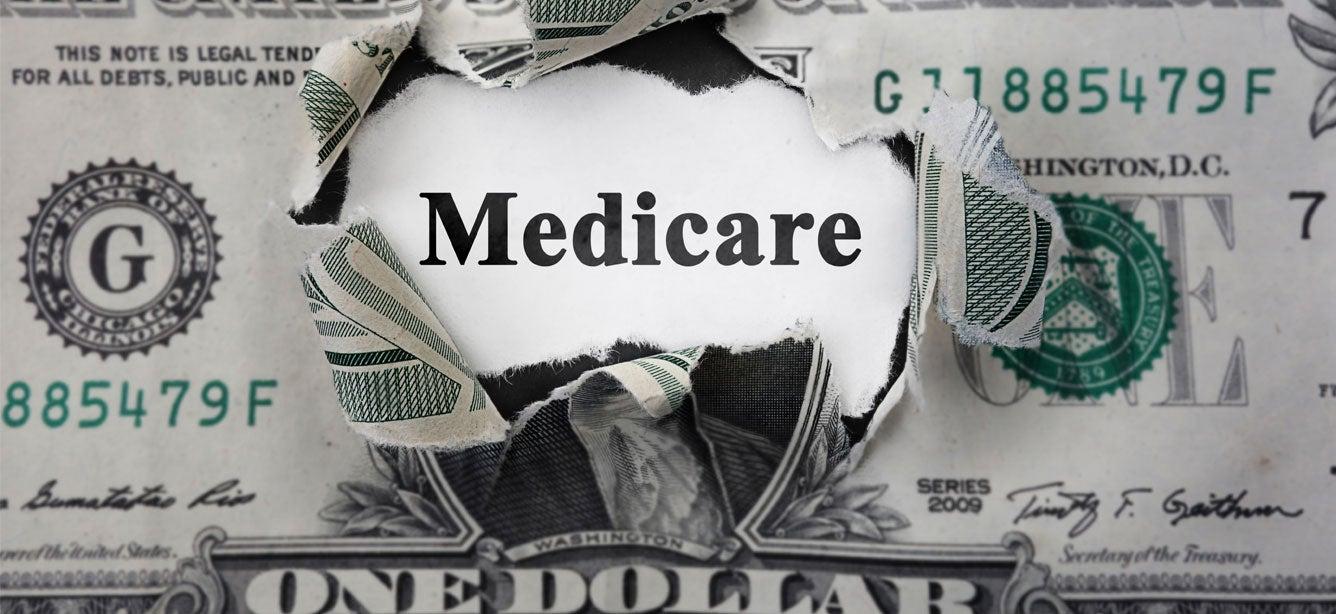
Medigap, also known as Medicare supplemental insurance, is a policy sold by private insurance companies. It helps people with Medicare “fill the gaps” by covering some of the out-of-pocket costs associated with Parts A and B (original Medicare)—like deductibles, copayments, and coinsurance.
Medicare enrollees can apply for Medigap at any time of the year, but they may be charged a higher, rate or denied a policy entirely, outside of the Medigap Open Enrollment Period.
When is the Medigap Open Enrollment Period?
The Medigap Open Enrollment Period is a one-time, six-month period that starts the first month a person is 65 or older and they have Medicare Part B. During this timeframe, as long as the applicant meets both those requirements, an insurance company cannot refuse to sell a Medigap policy. In addition, Medigap policies must offered at preferred rates (lowest price).
“The Medigap Open Enrollment Period gives older adults their best chance to secure comprehensive supplemental coverage,” said Ryan Ramsey, NCOA Associate Director of Health Coverage and Benefits. “It’s an opportunity to make informed choices without facing underwriting hurdles.”
Below, we explain when people can purchase a Medigap policy and the rights they have around their Medigap Open Enrollment Period.
Medigap Open Enrollment Period for those age 65 or older
When should those age 65 and older apply?
- Retired and age 65 or older: A Medigap application can be submitted prior to the Medicare Part A and B effective (start) dates, but a Medicare number is required. If a person is retired, they should consider applying for Medigap on receipt of their Medicare card, one to three months before their 65th birthday month. This will allow time for the application to be processed, and Medigap coverage can be started the same month Medicare becomes effective.
- Working and age 65 or older: People who are working, or whose spouse is working—with health insurance through an employer group plan—can delay enrolling in original Medicare and avoid late enrollment penalties if their employer has more than 20 employees. Delaying Part B enrollment delays their Medigap Open Enrollment Period, too. When group coverage ends, these people will get an eight-month Special Enrollment Period to join Parts A and B. Their Medigap Open Enrollment Period will begin the month they are first enrolled in Part B.
Medigap Open Enrollment Period for those under age 65
Just like people aging into Medicare, people eligible for Medicare under age 65 can apply for Medigap any time after receiving their Medicare number. But federal law does not require a Medigap Open Enrollment Period for Medicare enrollees under age 65. That means there is no federal assurance that younger people with Medicare will be issued a Medigap policy.
Some state laws add consumer rights, like allowing a Medigap Open Enrollment Period for people under age 65. Additionally, states are responsible for overseeing the conduct of Medigap companies, agents, and brokers. For state-specific Medigap information, contact the State Health Insurance Assistance Program (SHIP) or your State Insurance Department.
Pre-existing condition waiting period and the Medigap Open Enrollment Period
Creditable coverage
There is no pre-existing condition waiting period for enrollees with “creditable coverage” during the six months prior to submitting a Medigap application. Note: Creditable coverage for Medigap differs from the definition of creditable coverage for Medicare Part D.
Medigap creditable coverage is previous health insurance that the enrollee had prior to enrolling in Medicare/Medigap. Most forms of health insurance count as creditable coverage, including employer group health plans, COBRA, retiree coverage, Medicaid, and qualified health plans purchased through the health insurance marketplaces. There must have been no break in coverage for more than 63 days during the six months before enrollment.
Lack of creditable coverage
While a person who applies for Medigap during the Medigap Open Enrollment Period cannot be denied a policy, a maximum pre-existing condition waiting period of six months can be applied to enrollees who lacked creditable coverage during the six months before submitting an application. If the person had coverage during some portion of the six months before their application, the waiting period will be reduced by the number of covered months.
For example: Mr. Jones turns 65 and will start Medicare Part B in May. He worked and had employer-sponsored coverage until January. He stockpiled his heart medication and decided to remain uninsured from February until May, when his Medicare benefits kick in.
Mr. Jones applies for Medigap in April so that it will become effective in May when Medicare begins. He may face a three-month pre-existing condition waiting period for his heart condition, because he didn’t have creditable coverage for three of the six months prior to his application. During this waiting period, Medicare will continue to pay for any treatment for his heart condition and other health issues. But Medigap will not pay second for any cost-sharing Mr. Jones may incur related to his heart condition.
Learn more about Medigap and how it can benefit older adults with Medicare.



